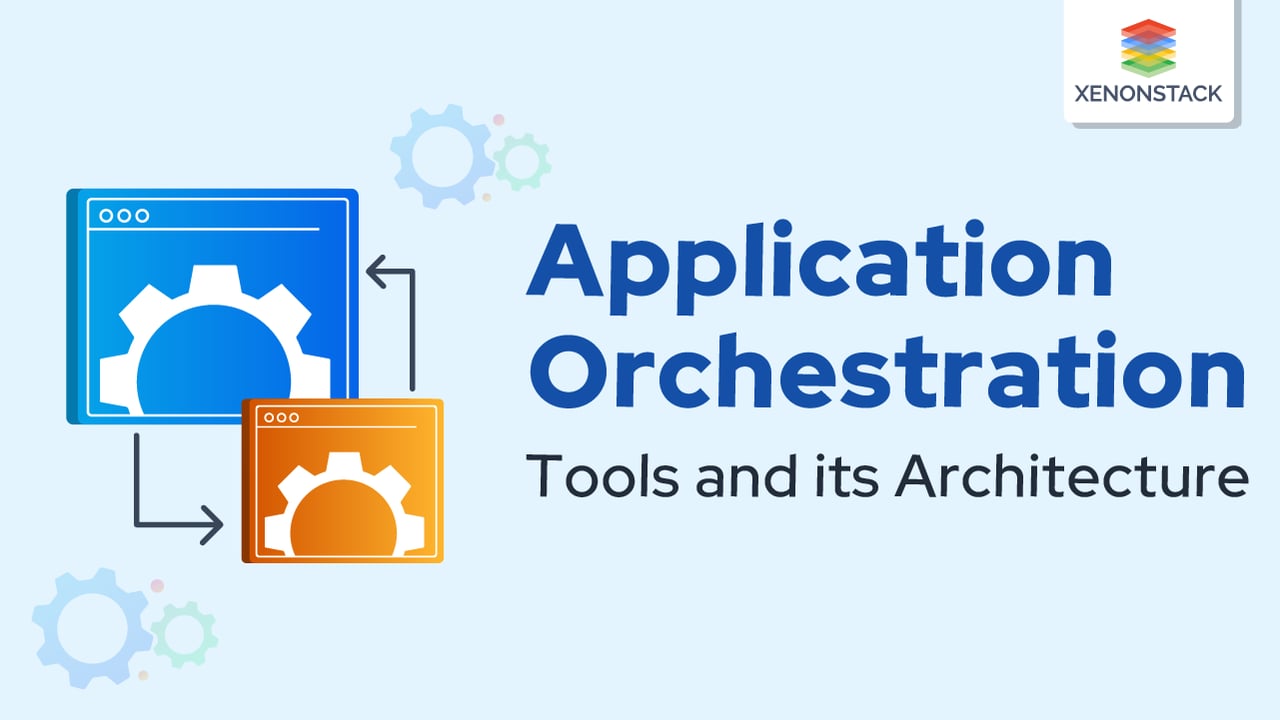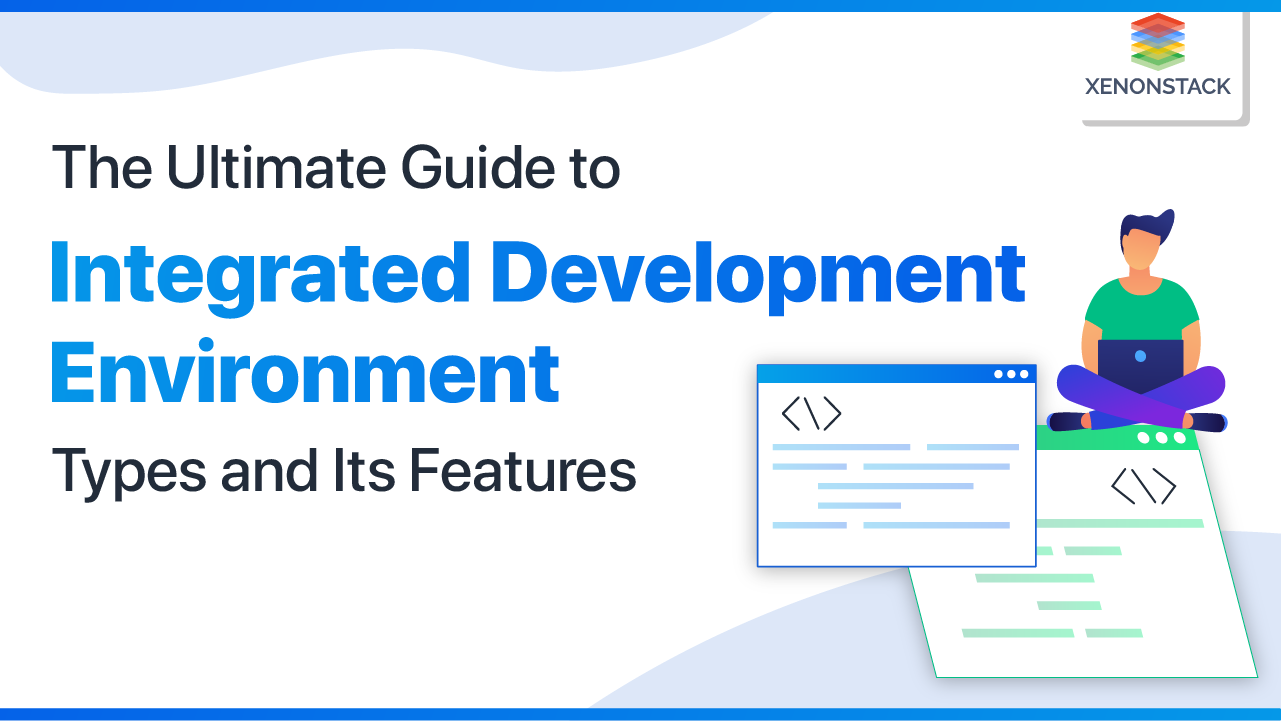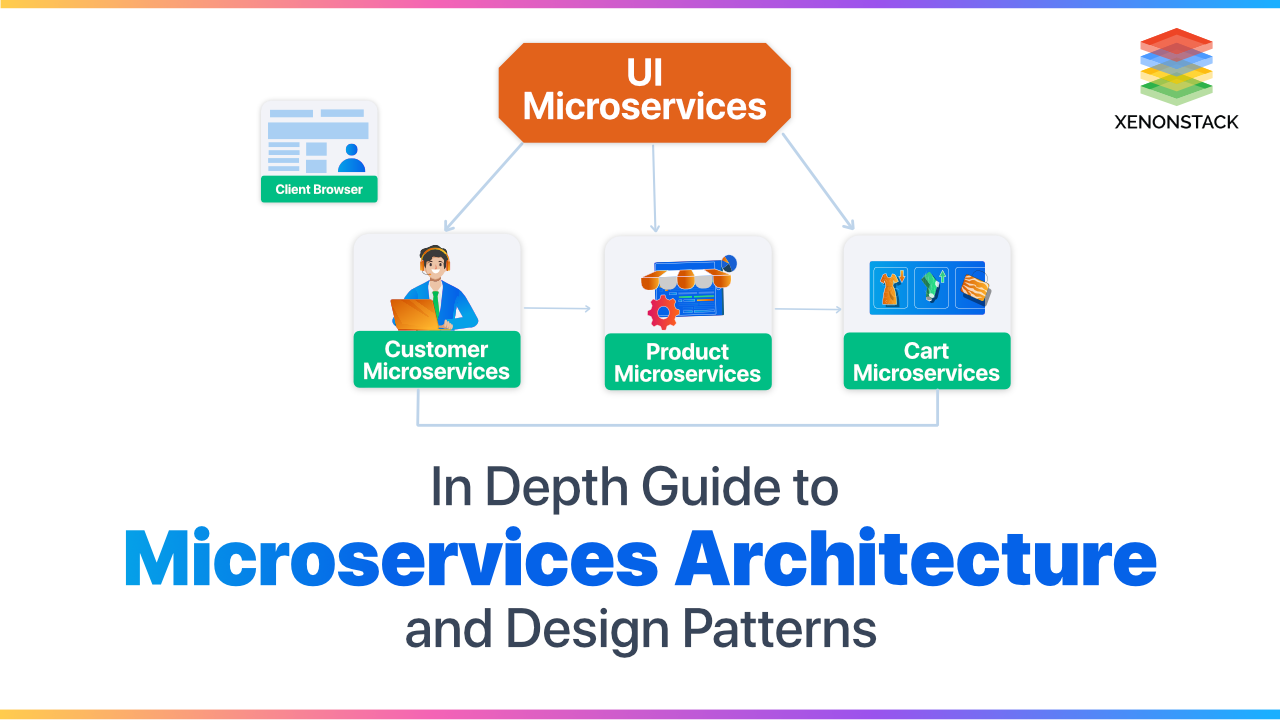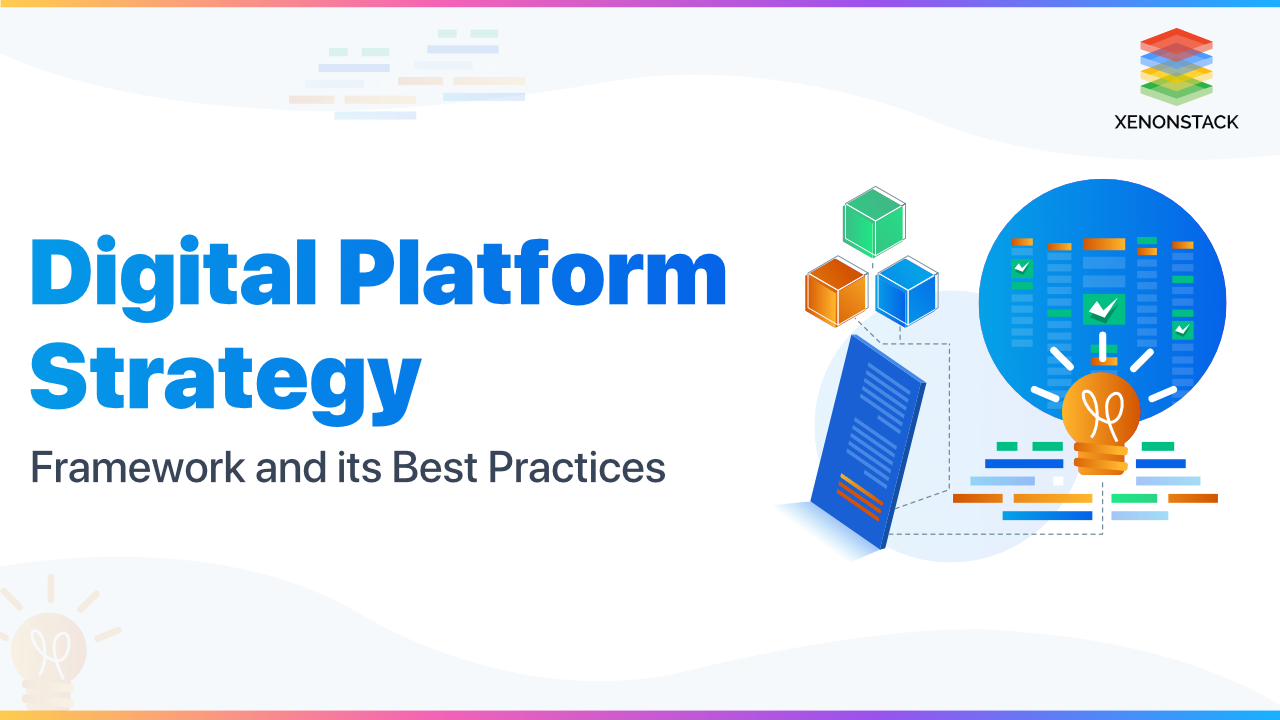
What is Application Orchestration?
Application orchestration refers to automating and coordinating complex software applications' deployment, configuration, and management across multiple computing environments, such as on-premises data centers and public or private clouds.
Orchestration involves defining an application's desired state, including its dependencies and configuration, and using automation tools and APIs to automatically provision and configure the necessary resources and services for the application to run correctly. This process enables organizations to rapidly deploy and scale applications while ensuring consistency and reducing the potential for errors and downtime.
Application orchestration is often used in modern DevOps and cloud-native environments, where it plays a critical role in enabling rapid innovation and agile software development practices.
An open-source cloud-native storage orchestrator for Kubernetes and deploy storage services such as block storage, file storage, and object storage. Taken From Article, Rook Storage Orchestration for Kubernetes
What are the various Tools Used for Orchestration?
Orchestration tools are essential for managing and automating complex applications in today's IT landscape. With the increasing adoption of microservices and containerization, orchestration tools have become more critical. This blog will discuss different application orchestration tools and their features.
Kubernetes
Kubernetes is the most popular container orchestration tool in production environments. It is an open-source tool that automates containerized applications' deployment, scaling, and management. Kubernetes provides a declarative API that allows developers to define the desired state of the application, and Kubernetes ensures that the application is running in that state. Kubernetes also supports automatic scaling, rolling updates, and application self-healing.
Pros:
-
Easy to Scale: Kubernetes allows businesses to quickly scale their applications up or down, depending on demand.
-
High Availability: Kubernetes provides high availability by automatically restarting failed containers and distributing the load across multiple nodes.
-
Extensive Ecosystem: Kubernetes has a large ecosystem of add-ons, plugins, and tools that can be used to enhance its capabilities.
Cons:
-
Steep Learning Curve: Kubernetes has a steep learning curve and requires significant time and effort to master.
-
Complexity: Kubernetes can be complex to set up and configure, especially for smaller businesses or teams.
Docker Swarm
Docker Swarm is a native clustering and orchestration tool for Docker containers. It allows you to create and manage a cluster of Docker hosts and deploy and manage containerized applications. Docker Swarm provides features like automatic load balancing, rolling updates, and application self-healing. It is easy to set up and use, making it an ideal choice for smaller deployments.
Pros:
-
Easy to Use: Docker Swarm is easy to set up and use, making it ideal for small businesses or teams.
-
Lightweight: Docker Swarm is lightweight and requires fewer resources than Kubernetes.
-
Built-in Security: Docker Swarm includes security features like remote management and role-based access control.
Cons:
-
Limited Scalability: Kubernetes is more scalable than Docker Swarm and may not be suitable for large-scale deployments.
-
Limited Feature Set: Docker Swarm has a more limited feature set than Kubernetes, which may be a drawback for businesses with more complex requirements.
Apache Mesos
Apache Mesos is a distributed systems kernel that abstracts the entire data center infrastructure and provides a unified API for managing applications. Mesos provides a scalable and fault-tolerant framework for running containerized and non-containerized workloads. Mesos supports container orchestration tools like Kubernetes, Docker Swarm, and Apache Aurora.
Pros:
-
Scalability: Apache Mesos is highly scalable and can support large-scale deployments.
-
Fault Tolerance: Apache Mesos provides fault tolerance by automatically detecting and recovering from node failures.
-
Efficient Resource Utilization: Apache Mesos is designed to maximize resource utilization across clusters, which can help businesses reduce costs.
Cons:
-
Complexity: Apache Mesos can be complex to set up and configure, which may require additional time and resources.
-
Limited Documentation: Apache Mesos has limited documentation, which may make it more difficult for businesses to get started.
Nomad
Nomad is a distributed, highly available, data center-aware cluster scheduler and orchestration tool designed to manage diverse workloads, including Docker containers, VMs, and standalone applications. It provides a simple and easy-to-use interface for deploying and managing applications.
Pros:
-
Flexible: Nomad is highly flexible and can manage both container and non-container workloads.
-
Easy to Use: Nomad is easy to set up and use, making it ideal for small businesses or teams.
-
Lightweight: Nomad is lightweight and requires fewer resources than Kubernetes.
Cons:
-
Limited Feature Set: Nomad has a more limited feature set than Kubernetes, which may be a drawback for businesses with more complex requirements.
-
Limited Scalability: Nomad may not be as scalable as Kubernetes or Apache Mesos and may
Rancher
Rancher is an open-source platform for managing and deploying containers. It provides a complete container management platform, including container orchestration, networking, load balancing, and storage. Rancher supports multiple container orchestration tools like Kubernetes, Docker Swarm, and Mesos.
Amazon ECS
Amazon ECS is a fully managed container orchestration service provided by AWS. It enables you to run and manage Docker containers at scale quickly. Amazon ECS supports features like automatic scaling, load balancing, and application self-healing. It integrates with other AWS services like Elastic Load Balancing and Auto Scaling, making it an ideal choice for organizations already using AWS.
Red Hat OpenShift
Red Hat OpenShift is a container application platform that provides automated operations and streamlined developer workflows. It supports a variety of container runtimes, including Docker and CRI-O.
Apache Aurora
Apache Aurora is a Mesos-based cluster scheduler that supports long-running services and batch jobs. It provides a simple and flexible way to deploy and manage services at scale.
Operators are the method of packaging, deploying and managing a Kubernetes application. Taken From Article, Kubernetes Operators and Framework
What is the architecture of Application Orchestration?
Application orchestration automates deploying, coordinating, and managing multiple interconnected applications within an IT environment. The architecture of application orchestration typically involves several key components, including:
-
Orchestrator: The core component of the architecture is an orchestrator, which acts as a central hub for coordinating and managing the deployment and operation of multiple applications. The orchestrator typically provides a graphical user interface (GUI) or a set of APIs that enable administrators to configure and manage the orchestration process.
-
Application Deployment Automation: This component automates deploying applications to the IT environment. It typically includes tools and scripts for packaging, distributing, and installing application components across different servers and platforms. Service discovery and registration: This component enables applications to discover and register themselves with the orchestrator, allowing the orchestrator to manage their deployment, scaling, and configuration.
-
Configuration Management: This component automates configuring and managing the application environment. It typically includes tools for managing configuration files, environment variables, and other settings.
-
Monitoring and Logging: This component provides real-time monitoring and logging of the application environment, enabling administrators to track the health and performance of the applications and infrastructure.
-
Containerization: Containerization technology, such as Docker and Kubernetes, is often used in application orchestration to create portable and scalable application components that can be deployed and managed more efficiently.
Overall, application orchestration architecture is designed to simplify the management and deployment of complex IT environments by automating many of the tasks involved in deploying, scaling, and managing related applications.
Conclusion
In conclusion, application orchestration tools allow developers to automate the deployment and management of applications across multiple environments. Popular orchestration tools include Kubernetes, Docker Swarm, Apache Mesos, Nomad, AWS ECS, and Google Kubernetes Engine. Each tool has unique features and capabilities; developers can choose the tool that best suits their requirements. By leveraging these tools, developers can create scalable, fault-tolerant, and highly available applications running on any platform.
- Discover here about Orchestration vs Automation
- Explore here Containers as a Service Architecture and Solutions



